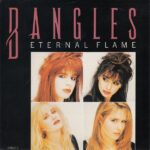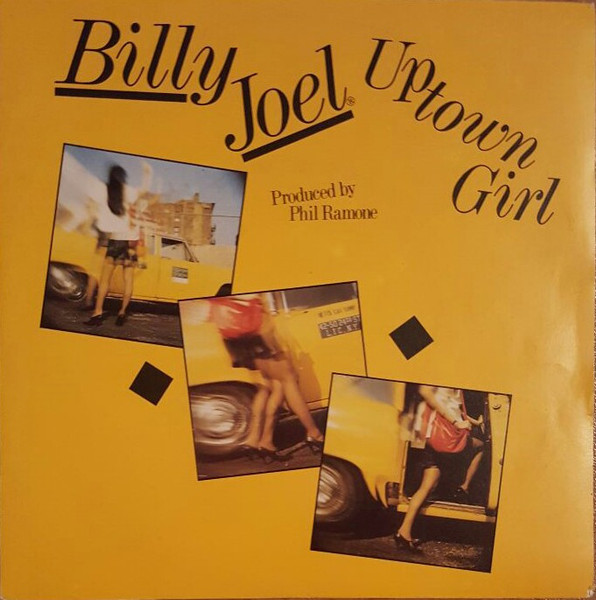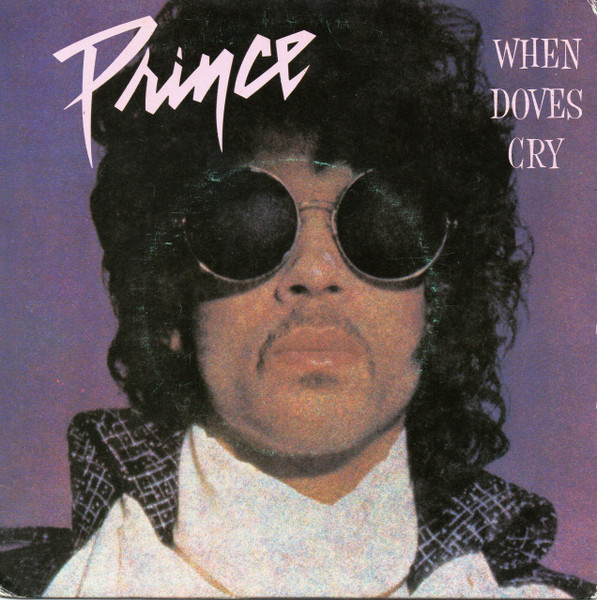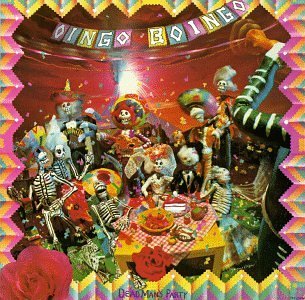 The Bangles’ Eternal Flame is more than just a power ballad—it is an enduring emblem of 1980s pop music, a song that combines lush production, emotional vulnerability, and memorable melodies into a piece that continues to resonate decades after its release. Featured on the band’s 1988 album Everything, Eternal Flame marked a dramatic departure from the group’s upbeat, jangly pop-rock hits like Manic Monday and Walk Like an Egyptian. It showcased their ability to craft a tender, heartfelt song capable of connecting with listeners on a deeply emotional level. Its resonance is not only musical but cultural, reflecting the era’s fascination with earnest romance, polished production, and vocal expressiveness.
The Bangles’ Eternal Flame is more than just a power ballad—it is an enduring emblem of 1980s pop music, a song that combines lush production, emotional vulnerability, and memorable melodies into a piece that continues to resonate decades after its release. Featured on the band’s 1988 album Everything, Eternal Flame marked a dramatic departure from the group’s upbeat, jangly pop-rock hits like Manic Monday and Walk Like an Egyptian. It showcased their ability to craft a tender, heartfelt song capable of connecting with listeners on a deeply emotional level. Its resonance is not only musical but cultural, reflecting the era’s fascination with earnest romance, polished production, and vocal expressiveness.
Origins of a Classic Ballad
The Bangles—comprised of Susanna Hoffs, Debbi Peterson, Vicki Peterson, and Michael Steele—had achieved widespread success by the mid-1980s with their vibrant, harmony-driven pop-rock songs. Yet, Eternal Flame demonstrated a new facet of their artistry: the ability to convey raw emotion through stripped-back, intimate arrangements. The song was written by Susanna Hoffs along with songwriters Billy Steinberg and Tom Kelly, who were already well-regarded for their work on hits like Cyndi Lauper’s True Colors and Madonna’s Like a Virgin. The collaboration brought together Hoffs’ personal touch with Steinberg and Kelly’s knack for crafting enduring pop melodies.
The inspiration behind Eternal Flame stemmed from the universal longing for love that transcends time, with lyrics exploring themes of devotion, desire, and the vulnerability inherent in romantic relationships. Hoffs’ delivery imbues the song with authenticity; her voice conveys both fragility and strength, creating an intimate connection with listeners. The track captures the emotional intensity of love in a way that is both personal and universally relatable.
Musical Composition and Arrangement
Eternal Flame stands out for its delicate musical arrangement. The song opens with a minimalistic keyboard line, establishing a soft, contemplative mood. This sparse instrumentation allows the vocals to take center stage, emphasizing the song’s emotional core. The arrangement gradually builds, introducing subtle guitar textures, understated percussion, and layered harmonies that enhance the richness of the melody without overwhelming it.
The Bangles’ harmonies are particularly noteworthy. The vocal layering, with Susanna Hoffs leading and the other members providing gentle backing, creates a sense of warmth and intimacy. The harmonies complement the lyrical sentiment, reinforcing the song’s themes of longing and devotion. The subtle use of reverb adds a dreamlike quality, making the song feel expansive despite its minimal instrumentation.
The bridge and climactic moments of the song are carefully structured to heighten emotional impact. Dynamic shifts, where the instrumentation swells in support of Hoffs’ voice, provide a sense of urgency and release. These moments are crucial to the song’s memorability, as they create peaks of intensity that resonate with listeners.
Lyrics and Emotional Resonance
The lyrics of Eternal Flame are deceptively simple yet profoundly moving. Lines like “Close your eyes, give me your hand, darling / Do you feel my heart beating?” encapsulate vulnerability and intimacy in a few words, emphasizing physical and emotional closeness. The repeated motif of an “eternal flame” serves as a metaphor for enduring love, suggesting a passion that persists despite distance, doubt, or the passage of time.
Hoffs’ vocal interpretation elevates the lyrics, conveying both yearning and reassurance. Her nuanced phrasing allows listeners to feel the tension between desire and fear, hope and uncertainty. This combination of lyrical universality and vocal sincerity contributes to the song’s enduring emotional appeal. Fans often cite the track as a soundtrack for significant life moments—romantic milestones, reflective evenings, and personal introspection—underscoring its cultural resonance.
Cultural Reception and Commercial Success
Released as the third single from Everything in 1989, Eternal Flame quickly became a global hit. It topped the charts in multiple countries, including the United States, the United Kingdom, Australia, and Canada, cementing its status as one of the Bangles’ most successful songs. Its success demonstrated the band’s versatility, showing that they could craft both high-energy pop tracks and tender ballads with equal skill.
Critics praised the song for its melodic sophistication, emotional depth, and polished production. Unlike many contemporary ballads, Eternal Flame eschewed excessive theatrics, opting instead for restraint and intimacy. This approach resonated with listeners who appreciated the balance between accessibility and emotional authenticity. The track’s commercial performance reinforced the viability of heartfelt ballads within the late 1980s pop landscape, influencing subsequent artists and songwriters.
Music Video and Visual Storytelling
The music video for Eternal Flame, directed by Diane Keaton, complemented the song’s emotional intimacy. It features Susanna Hoffs in a simple, elegant setting, often interacting with symbolic elements such as candles and natural light. The visuals focus on close-ups, subtle gestures, and expressive facial cues, reflecting the song’s themes of longing and vulnerability.
The video’s simplicity was deliberate, allowing the emotional resonance of the song to take precedence over elaborate production. Its rotation on MTV and other music channels played a critical role in broadening the song’s reach, helping audiences connect visually and emotionally with the music. The video contributed to the Bangles’ image as both approachable and emotionally expressive artists, enhancing their cultural profile.
Live Performances and Audience Connection
Live performances of Eternal Flame highlight its timeless appeal and the band’s ability to convey intimacy in concert settings. Susanna Hoffs’ lead vocals, often accompanied by delicate acoustic instrumentation, bring a sense of immediacy and vulnerability that resonates with audiences. The harmonies provided by Debbi and Vicki Peterson add depth and warmth, maintaining the song’s emotional impact in live contexts.
Fans frequently report strong emotional reactions during live performances, singing along to the chorus or reflecting on personal memories associated with the song. This interactive engagement underscores the song’s power as a shared emotional experience, demonstrating its ability to connect listeners across generations.
Production and Technical Craftsmanship
The production of Eternal Flame reflects meticulous attention to detail. Produced by Davitt Sigerson, the track employs a delicate balance of instrumentation, vocal layering, and subtle studio effects to create a sense of intimacy and clarity. The minimalistic approach ensures that every musical element supports the song’s emotional narrative rather than detracting from it.
The keyboard’s ethereal tone, the understated percussion, and the carefully mixed harmonies all contribute to a sense of spaciousness and emotional resonance. Hoffs’ vocals are front and center, capturing the nuanced emotionality of the lyrics, while the instrumental arrangement enhances rather than competes with her performance. The production choices underscore the song’s status as both a technical achievement and an emotional milestone.
Legacy and Enduring Influence
Decades after its release, Eternal Flame remains a defining song of 1980s pop music. Its influence is evident in the work of contemporary pop and soft rock artists who prioritize emotional sincerity, melodic clarity, and vocal expressiveness. The song has been covered by numerous performers, featured in films, television shows, and commercials, and continues to resonate with audiences worldwide.
The enduring appeal of Eternal Flame lies in its combination of melodic sophistication, lyrical universality, and vocal intimacy. It exemplifies the ability of pop music to convey profound emotional experiences without resorting to excessive complexity or theatricality. Its success paved the way for other artists to explore vulnerability in mainstream pop, proving that emotional authenticity could achieve both critical and commercial acclaim.
Impact on The Bangles’ Career
Eternal Flame solidified the Bangles’ reputation as versatile, emotionally expressive artists. While their earlier hits highlighted their energy, harmonies, and catchy pop sensibilities, this ballad showcased their capacity for depth, restraint, and emotional resonance. The song expanded the band’s audience, attracting listeners who might not have engaged with their more upbeat tracks.
The track’s success also demonstrated the enduring power of carefully crafted ballads within the pop landscape, influencing the band’s subsequent musical direction and reinforcing their position as innovators in melodic rock. It remains a signature song for the group, often serving as a centerpiece in live performances and retrospectives.
Cultural Significance and Pop Culture Presence
Beyond its chart success, Eternal Flame holds a prominent place in popular culture. Its romantic sentiment and melodic elegance have made it a staple for weddings, anniversaries, and other emotionally significant occasions. The song is frequently referenced in media, covered by emerging artists, and celebrated in retrospectives of 1980s music, demonstrating its enduring resonance.
The track’s themes of lasting love and vulnerability continue to resonate with new generations, maintaining its relevance in contemporary contexts. Its ability to evoke deep emotional responses underscores the enduring power of well-crafted pop music to transcend time and cultural shifts.
Conclusion: A Timeless Pop Ballad
Eternal Flame by the Bangles exemplifies the transformative power of pop music. Its delicate arrangement, heartfelt lyrics, and expressive vocals create a song that is both timeless and deeply personal. It captures the emotional intensity of love, the vulnerability of human connection, and the universal longing for enduring passion.
The track’s legacy extends beyond its commercial success, influencing subsequent artists, shaping popular music trends, and embedding itself in cultural memory. Its ability to evoke emotion across decades speaks to the enduring appeal of sincerity, melody, and musical craftsmanship. Eternal Flame is not just a song—it is an enduring testament to the power of love expressed through music, a flame that continues to burn brightly in the hearts of listeners around the world.
“Eternal Flame” remains a luminous example of 1980s pop mastery, a song that combines vulnerability, melody, and timeless appeal into an unforgettable musical experience.


